Advancements in Connectivity Technologies
The Connected Car Devices Market is propelled by rapid advancements in connectivity technologies. The proliferation of 5G networks is particularly noteworthy, as it enables faster data transmission and lower latency, which are crucial for real-time vehicle communication. This technological evolution facilitates the development of applications that enhance driving experiences, such as real-time traffic updates and remote vehicle diagnostics. Market analysts indicate that the adoption of 5G in automotive applications could lead to a market expansion worth billions in the next few years. Consequently, the Connected Car Devices Market stands to benefit from these advancements, as they enable more sophisticated and interconnected vehicle systems.
Rising Demand for Enhanced Safety Features
The Connected Car Devices Market experiences a notable surge in demand for enhanced safety features. Consumers increasingly prioritize safety, leading to the integration of advanced driver-assistance systems (ADAS) in vehicles. According to recent data, the market for ADAS is projected to grow significantly, with estimates suggesting a compound annual growth rate (CAGR) of over 10% in the coming years. This trend indicates a strong consumer preference for vehicles equipped with technologies such as automatic emergency braking, lane-keeping assistance, and adaptive cruise control. As manufacturers respond to this demand, the Connected Car Devices Market is likely to witness substantial growth, driven by innovations aimed at improving vehicle safety and reducing accident rates.
Growing Consumer Preference for Smart Features
The Connected Car Devices Market is witnessing a growing consumer preference for smart features in vehicles. As technology becomes more integrated into daily life, consumers increasingly seek vehicles that offer connectivity and convenience. Features such as in-car infotainment systems, smartphone integration, and voice-activated controls are becoming standard expectations. Market data suggests that the demand for smart features is driving a significant portion of the automotive market, with projections indicating that the smart car segment could account for over 30% of total vehicle sales by 2027. This shift in consumer behavior is likely to further stimulate growth within the Connected Car Devices Market, as manufacturers strive to meet these evolving expectations.
Regulatory Support for Connected Vehicle Technologies
The Connected Car Devices Market benefits from increasing regulatory support for connected vehicle technologies. Governments worldwide are recognizing the potential of connected cars to enhance road safety and reduce traffic congestion. Initiatives aimed at promoting vehicle-to-everything (V2X) communication are gaining traction, with regulations being established to facilitate the deployment of connected technologies. For instance, some regions are implementing standards for vehicle communication systems, which could lead to a more uniform adoption of connected car technologies. This regulatory environment is likely to foster innovation and investment in the Connected Car Devices Market, as stakeholders align with governmental objectives to improve transportation systems.
Integration of Sustainable Practices in Automotive Manufacturing
The Connected Car Devices Market is increasingly influenced by the integration of sustainable practices in automotive manufacturing. As environmental concerns gain prominence, manufacturers are adopting eco-friendly technologies and materials in vehicle production. This shift not only addresses consumer demand for sustainability but also aligns with regulatory pressures for reduced emissions. Market Research Future indicate that the adoption of electric and hybrid vehicles, which often incorporate connected technologies, is on the rise. By 2025, it is anticipated that electric vehicles could represent a substantial share of new car sales. This trend towards sustainability is likely to enhance the Connected Car Devices Market, as manufacturers innovate to create environmentally friendly connected vehicles.


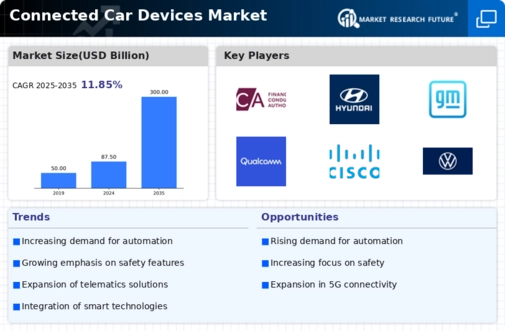
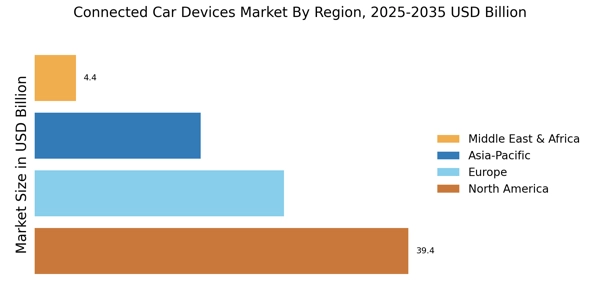
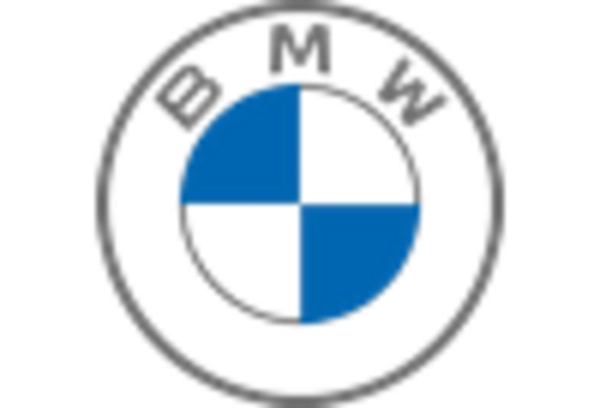
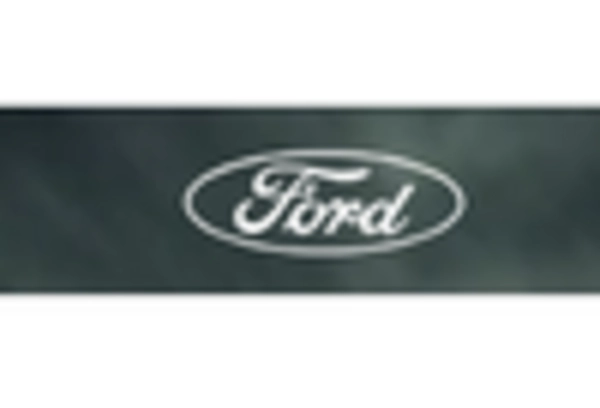
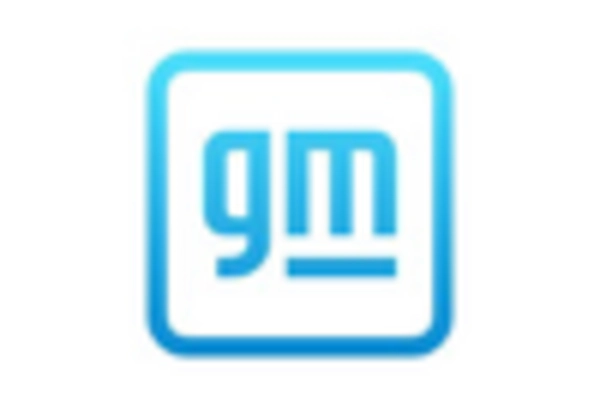











Leave a Comment